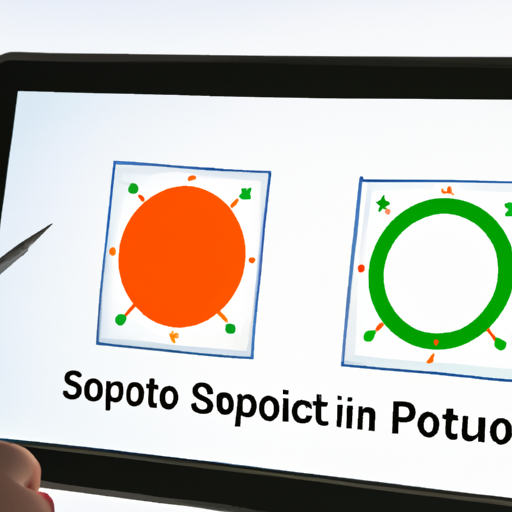Choosing the right spot optical instrument can be a daunting task, especially with the wide range of options available in the market. Whether you are a professional photographer, a nature enthusiast, or simply someone who enjoys observing the world around you, having a reliable and high-quality spot optical instrument is essential. In this article, we will guide you through the process of selecting the perfect spot optical instrument for your needs.

2. Consider the magnification: Magnification is a crucial factor to consider when selecting a spot optical instrument. It determines how much closer the object will appear when viewed through the instrument. Higher magnification is beneficial for detailed observations, but it may also result in a narrower field of view and reduced image brightness. Consider the balance between magnification and other factors like field of view and image quality to find the right balance for your needs.
3. Evaluate the objective lens size: The objective lens is the front lens of the spot optical instrument and determines the amount of light that enters the instrument. A larger objective lens allows more light to enter, resulting in brighter and clearer images. However, larger objective lenses also make the instrument bulkier and heavier. Consider the trade-off between image quality and portability when choosing the objective lens size.
4. Assess the field of view: The field of view refers to the width of the area visible through the spot optical instrument. A wider field of view is advantageous for activities like birdwatching or observing fast-moving objects. It allows you to track objects more easily and provides a more immersive viewing experience. However, a wider field of view may come at the expense of magnification. Consider your specific needs and preferences to strike the right balance.
5. Check the optical quality: Optical quality is a crucial aspect of any spot optical instrument. Look for instruments with high-quality lenses and coatings that minimize distortion, chromatic aberration, and other optical imperfections. Read reviews, compare specifications, and consider reputable brands known for their optical excellence.
6. Consider the portability and durability: Depending on your intended use, portability and durability may be important factors to consider. If you plan to carry your spot optical instrument on hikes or travel frequently, look for lightweight and compact options. Additionally, consider the durability of the instrument, especially if you will be using it in rugged environments or adverse weather conditions.
7. Set a budget: Spot optical instruments come in a wide range of prices, so it's essential to set a budget before making a purchase. Determine how much you are willing to spend and prioritize the features that are most important to you. Remember that investing in a high-quality instrument will often result in better performance and longevity.
8. Try before you buy: Whenever possible, try out different spot optical instruments before making a final decision. Visit a local store or attend events where you can test various models. This hands-on experience will give you a better understanding of the instrument's ergonomics, ease of use, and overall feel.
In conclusion, choosing the right spot optical instrument requires careful consideration of your specific needs, including purpose, magnification, objective lens size, field of view, optical quality, portability, durability, and budget. By following these guidelines and conducting thorough research, you can make an informed decision and find the perfect spot optical instrument to enhance your observations and experiences.






